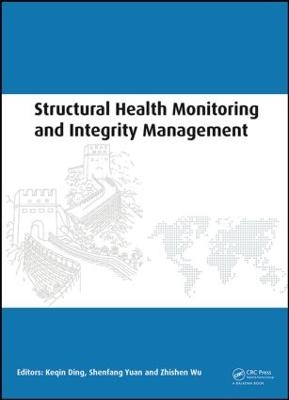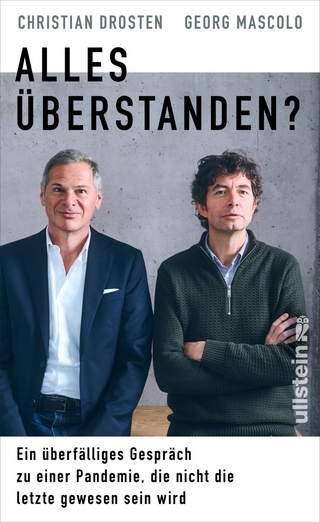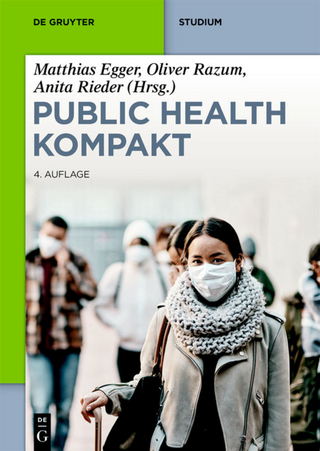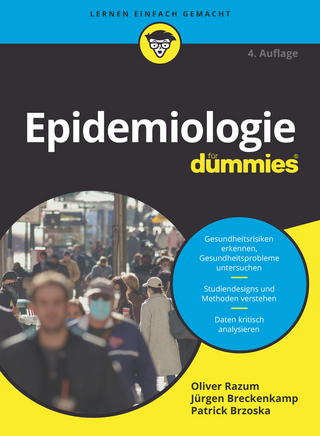
Structural Health Monitoring and Integrity Management
Proceedings of the 2nd International Conference of Structural Health Monitoring and Integrity Management (ICSHMIM 2014), Nanjing, China, 24-26 September 2014
Seiten
2015
CRC Press (Verlag)
978-1-138-02776-3 (ISBN)
CRC Press (Verlag)
978-1-138-02776-3 (ISBN)
This book is invaluable to academics and professionals interested in applications encompassing traditional aerospace structures and civil infrastructures, in special equipment and marine/offshore structures, as well as in a variety of other structures and platforms.
Structural Health Monitoring and Integrity Management is a collection of the papers presented at the 2nd International Conference of Structural Health Monitoring and Integrity Management (ICSHMIM2014, Nanjing, China, 24-26 September 2014), and addresses the most recent developments in the field of Structural Health Monitoring (SHM) and integrity management from around the world.
It is also generally acknowledged that a clear advantage of SHM-technology over traditional NDT methods is the closer interaction and automation of sensing, diagnostics, prognostics and condition-based maintenance that SHM enables. As SHM is a system-level approach which integrates sensors/actuators networks with structures, software to interpret sensor signals, and hardware to process and manage the signals, its maturity based on the complexity and targeted solutions can be classified into four different sequential levels: detection, identification, quantification, and decision. Detection is the lowest maturity level that the technology can achieve. Once detection is confirmed with a highdegree of confidence, identification of the occurrence of the event in time and space domain is critical, which then can potentially lead to the quantification of the event. A more accurate quantification may lead to a better decision, which provides a much more efficient management solution for the structures than traditional inspection techniques, leading to a system platform for autonomous or intelligent structures.
Structural Health Monitoring and Integrity Management will be invaluable to academics and professionals interested in applications encompassing traditional aerospace structures and civil infrastructures, in special equipment and marine/offshore structures, as well as in a variety of other structures and platforms.
Structural Health Monitoring and Integrity Management is a collection of the papers presented at the 2nd International Conference of Structural Health Monitoring and Integrity Management (ICSHMIM2014, Nanjing, China, 24-26 September 2014), and addresses the most recent developments in the field of Structural Health Monitoring (SHM) and integrity management from around the world.
It is also generally acknowledged that a clear advantage of SHM-technology over traditional NDT methods is the closer interaction and automation of sensing, diagnostics, prognostics and condition-based maintenance that SHM enables. As SHM is a system-level approach which integrates sensors/actuators networks with structures, software to interpret sensor signals, and hardware to process and manage the signals, its maturity based on the complexity and targeted solutions can be classified into four different sequential levels: detection, identification, quantification, and decision. Detection is the lowest maturity level that the technology can achieve. Once detection is confirmed with a highdegree of confidence, identification of the occurrence of the event in time and space domain is critical, which then can potentially lead to the quantification of the event. A more accurate quantification may lead to a better decision, which provides a much more efficient management solution for the structures than traditional inspection techniques, leading to a system platform for autonomous or intelligent structures.
Structural Health Monitoring and Integrity Management will be invaluable to academics and professionals interested in applications encompassing traditional aerospace structures and civil infrastructures, in special equipment and marine/offshore structures, as well as in a variety of other structures and platforms.
Keqin Ding, Shenfang Yuan, Zhishen Wu
Preface
Acknowledgements
Organizing committee
Section 1: Advanced sensing technology
Section 3: Damage diagnosis
Section 4: Prognosis of damage and health management
Section 5: Smart structures, systems and applications
Section 6: Modeling and simulation
Author index
| Verlagsort | London |
|---|---|
| Sprache | englisch |
| Maße | 174 x 246 mm |
| Gewicht | 1065 g |
| Themenwelt | Sachbuch/Ratgeber ► Gesundheit / Leben / Psychologie |
| Medizin / Pharmazie ► Gesundheitswesen | |
| Studium ► Querschnittsbereiche ► Epidemiologie / Med. Biometrie | |
| Technik ► Bauwesen | |
| Wirtschaft ► Betriebswirtschaft / Management ► Planung / Organisation | |
| Wirtschaft ► Volkswirtschaftslehre | |
| ISBN-10 | 1-138-02776-6 / 1138027766 |
| ISBN-13 | 978-1-138-02776-3 / 9781138027763 |
| Zustand | Neuware |
| Informationen gemäß Produktsicherheitsverordnung (GPSR) | |
| Haben Sie eine Frage zum Produkt? |
Mehr entdecken
aus dem Bereich
aus dem Bereich
ein überfälliges Gespräch zu einer Pandemie, die nicht die letzte …
Buch | Hardcover (2024)
Ullstein Buchverlage
24,99 €


